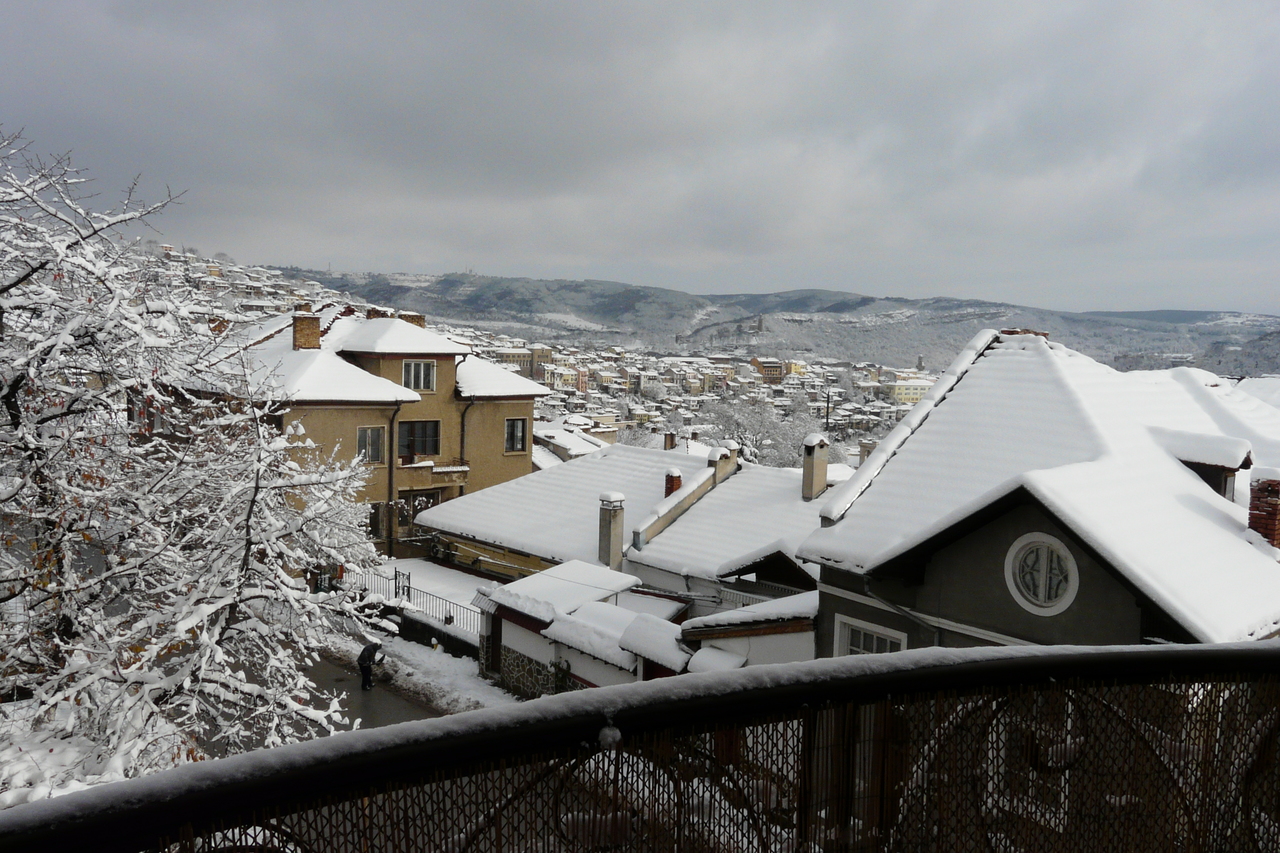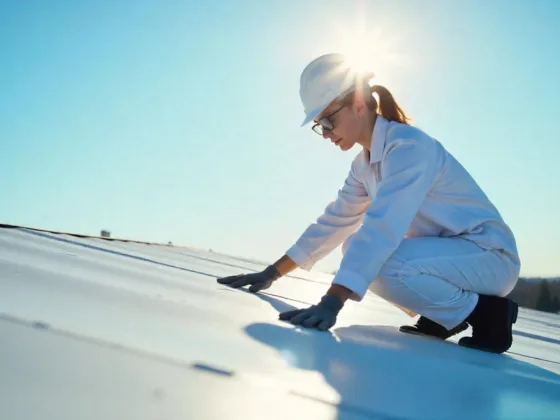Table of Contents Show
A key element of any winter roof preparation process is to ensure that the roof is in solid condition in advance of the cooler temperatures.
Make certain that the roof is always kept clean and properly maintained so that there is a lower risk of mold growth, water accumulation, and other sorts of concerns.

The following steps will help get your roof ready for the cold.
Read Also:
Check Out the Framework
An expert rooftop appraisal is included protection for your rooftop. Check the roof each year with your roof contractor.
Address any indications of hanging before the winter storms arrive. Your roofer can spot indications of difficulty before they lead to a lake.
Eliminate Any Debris That Has Collected on the Roof
This includes pine needles, sticks, leaves, and dirt that can harm the membrane or the shingles, which in turn can let water into the house.
Also, debris is often a host for fungus and mold growth, a driver of additional degradation of the roof.
Examine the Roof for Damage
When a roof has been harmed in some way, the end result can be serious water infiltration and mold growth.
Take a look for any cracked or missing shingles and damaged to the flashing that surrounds vents, chimneys, and skylights.
Roof edging is also key, and it needs to be checked for damage from both ground level and from above.
Many people replace traditional roofs with metal roofs as they are easier to take care of. Click here for metal roofing information.
Ensure that Downspouts and Gutters are Clean
Any debris lodged in these parts of the roof system can stop water from properly draining.
When clogs occur, the water can build up and produce real damage to the roof, your landscaping, and even your home’s siding. Saggy or loose gutters must also be addressed if found.
Have All Adjacent Tree Branches Trimmed
Prior to the first snowfall, be certain that all nearby or overhanging branches are trimmed away from the roof.
When the snow begins to make these branches heavier, they can fall atop the roof and produce costly damage.
Deeply Checkup the Chimney
Ask your roofer to inspect your chimney. If the mortar is lost or the bricks become loose, you will need to repair this feature.
Your roof may not be equipped to deal with this type of service, so you need to notify the contractor of your problem and hire someone who works with bricks.
Inspect Insulation in the Attic
If you notice that your attic insulation is damp or damaged, you may soon experience harmful mold growth, not to mention elevated heating expenses during the colder months.
The right amount of attic insulation can also help stop ice dams from forming during the winter.
Make sure to address any spot in the roof that leads to damages on the inside of the attic before you take steps to replace the sullied insulation.
Monitor Your Roof
During the virus season, it’s a smart thought to screen your rooftop. On the off chance that you do presume an issue, don’t get up on a cold rooftop yourself. Make certain to endow any winter fixes to an expert.
Truth be told, regardless of what period of the year, it’s ideal to permit proficient temporary workers to deal with the upkeep and fix of this fundamental home element.
Follow the above steps to get your roof prepared for winter, and if you have additional concerns, consider consulting with a professional roofing contractor.










